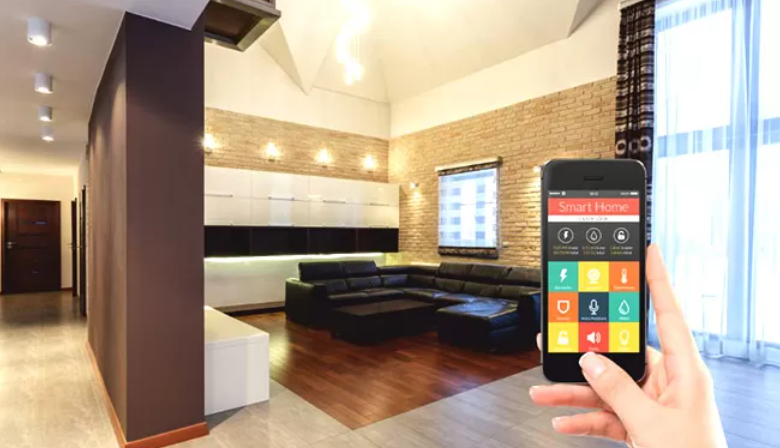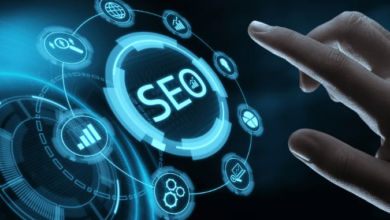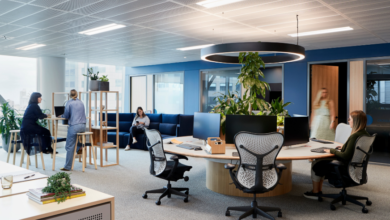Building Smarter Lighting Systems with Reliable LED Technology

Lighting today is more than just illumination. It defines the atmosphere, affects energy use, and supports modern design. As technology continues to evolve, LED lighting has become the standard for efficiency and reliability. From homes to commercial buildings, people now expect lighting systems that adapt, save power, and last longer. This shift has made LED technology the backbone of modern lighting solutions that blend performance with sustainability.
How Flexible LED Strip Lights Transform Modern Spaces
Flexible LED strip lights have changed the way spaces are designed. Their slim structure and adaptability make them ideal for creative lighting applications. Whether it’s under cabinets, around displays, or along architectural lines, these strips allow designers to bring ideas to life with precision and simplicity. They offer bright, consistent light while consuming very little power.
These strips are built to last, which means lower maintenance and energy costs over time. The flexibility also helps them fit into narrow or curved spaces where traditional fixtures cannot go. Many businesses today rely on dependable manufacturing sources to ensure quality and performance. For consistent output and durability, lighting professionals often partner with a flexible led strip lights factory that delivers advanced, customizable options suitable for a wide range of installations.
LED strip lights also give control back to the user. With dimming capabilities and color variation, they allow spaces to shift from practical to aesthetic effortlessly. A single system can provide both ambient and task lighting, depending on need. This versatility has made them a popular choice in modern architecture, interior design, and retail display setups.
The Importance of Reliable Power Supply in LED Systems
Behind every efficient LED system is a strong power foundation. LEDs depend on steady voltage to maintain their brightness, color, and lifespan. A poor-quality power supply can cause flickering, early burnout, or energy waste. Consistent power delivery ensures that each LED operates at optimal capacity, preventing overloading or uneven lighting.
When integrating LED systems, choosing the right power source is crucial. It affects not only performance but also safety. High-quality power supplies help regulate current flow, manage temperature, and protect against voltage fluctuations. Many lighting engineers work directly with an experienced LED Power Supply manufacturer to ensure that systems meet strict performance standards and remain stable over long periods.
A reliable power supply also supports efficiency goals. It reduces energy loss and extends the working life of LED fixtures. This makes it an important component for both residential and industrial lighting projects where continuous operation and energy control are priorities.
See also: Building Resilience: Helping Youth Navigate Life’s Challenges
Integrating LED Solutions into Smart and Sustainable Designs
LED technology aligns perfectly with the goals of smart and green living. It connects easily with automation systems that respond to motion, daylight, or remote controls. This integration allows for efficient use of energy while improving user convenience. Smart LED systems can adjust brightness automatically or turn off when a room is empty, reducing unnecessary power consumption.
Sustainability also drives LED adoption. These lights produce less heat, contain no toxic materials, and are recyclable. Over time, this helps reduce the carbon footprint of homes and commercial spaces. When combined with reliable power systems, they create energy networks that support long-term environmental goals.
Applications Across Different Environments
LED technology fits into almost every type of environment. In homes, flexible strip lights are used for kitchen counters, stairways, and decorative accents. In offices, they enhance productivity by providing consistent, glare-free lighting. Retailers use them to highlight products and create inviting displays that capture attention.
In outdoor spaces, LEDs provide pathway illumination, signage lighting, and architectural highlights. Their resistance to weather and long lifespan make them ideal for external use. Industrial facilities also benefit from LED lighting because it delivers high brightness with reduced operational costs.
Each setting benefits from customization. Designers can choose specific color temperatures, control systems, and light intensities based on project needs. This adaptability ensures that LED lighting supports both visual appeal and efficiency.
Conclusion
Modern lighting systems are defined by performance, safety, and sustainability. LEDs provide the balance between functionality and aesthetics that today’s designs require. Combining the efficiency of flexible LED strip lights with the stability of dependable power sources creates systems that last longer and perform better.
Every component, from the strip to the power supply, contributes to the reliability of the entire setup. By working with trusted manufacturers and focusing on quality, it’s possible to build lighting systems that are smart, efficient, and ready for the future.
These innovations show how lighting has evolved from a basic utility to a key element of design and technology. Through careful selection and integration, LED solutions continue to shape brighter, cleaner, and more intelligent environments.




